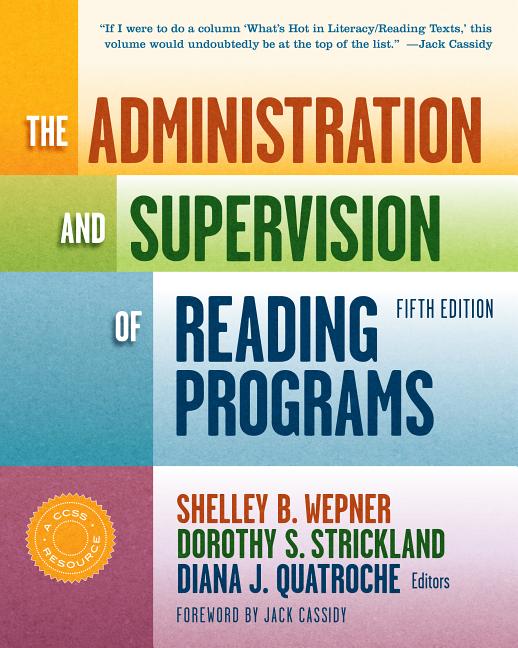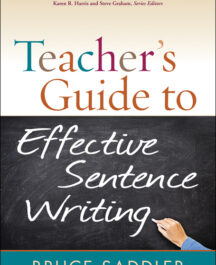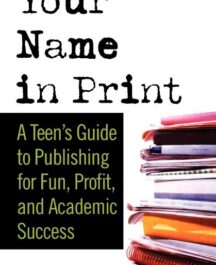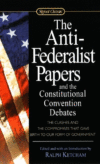Description
Now in its fifth edition, this popular textbook is still the most comprehensive resource available on the oversight of literacy programs (pre-K-12). Focusing on what literacy leaders need to know and do to meet today’s mandates, experts in the field offer new insights that reflect the nation’s changing policies related to the new Common Core State Standards for English Language Arts and Literacy in History/Social Studies, Science, and Technical Subjects. It also addresses forthcoming assessments aligned to the Common Core Standards, and new mandates for evaluating teachers and principals. Literacy luminaries provide specific guidelines for all levels of instruction, including selecting and using materials and new technologies, promoting writing, assessing students, evaluating teachers, providing professional development, working with linguistically diverse and struggling learners, working with parents and the community, and evaluating schoolwide literacy programs.
Book Features:
- Chapters written by experts who have years of experience working in schools.
- Real-life examples demonstrate how theories have been applied.
- Reflective questions and project assignments in each chapter allow readers to relate ideas to their own situations.
- Connections across chapters and directions for future considerations help summarize and synthesize information.
Now in its fifth edition, this popular textbook is still the most comprehensive resource available on the oversight of literacy programs (PreK-12). Focusing on what literacy leaders need to know and do to meet todays mandates, experts in the field offer new insights that reflect the nations changing policies related to the new Common Core State Standards for English Language Arts and Literacy in History/Social Studies, Science, and Technical Subjects. It also addresses forthcoming assessments aligned to the common core standards, and new mandates for evaluating teachers and principals. Literacy luminaries provide specific guidelines for all levels of instruction, including selecting and using materials and new technologies, promoting writing, assessing students, evaluating teachers, providing professional development, working with linguistically diverse and struggling learners, working with parents and the community, and evaluating school-wide literacy programs.







